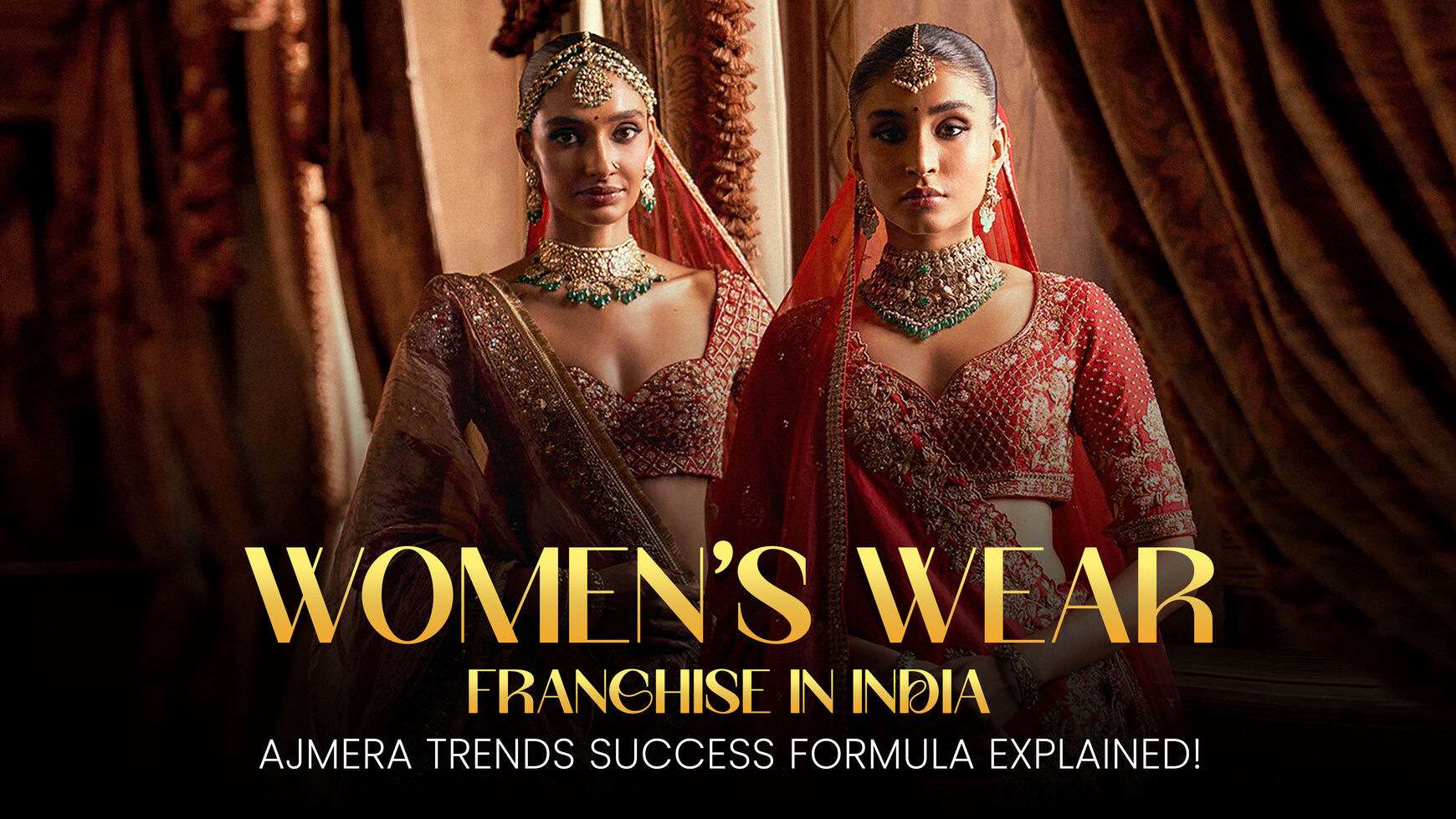Which Country Is Best For Exporting Dress Materials?

Share Blog:
Dress Material Exporting Power Houses: Which country is best for exporting dress materials?
So my friend, Ajmera Fashion is not all alone when it comes to sourcing dress materials as there are many aspiring outfits around the globe who are looking to turn their ideas into reality but the question is exactly which country is the best in that respect? It is clear that countries and regions might specialize in a specific area of dresses, thus exposing wholesale mannequins to sourcing fabrics for cheaper alternatives because in an increasingly globalized world, finding an overseas supplier is becoming less and less challenging.
This blog delves into top contenders for exporting dress materials, each offering distinct advantages:
1. China: The Undisputed Powerhouse
-
Pros: China boasts unparalleled scale, efficiency, and technological advancements. You'll find a vast selection of fabrics, from high-volume synthetics to luxury silks, at competitive prices.
-
Cons: While quality control has improved, ethical sourcing concerns may arise. Communication barriers and minimum order quantities (MOQs) can be challenges.

2. India: The Land Where Clothes Have Life
-
Pros: India has a history of textiles – mainly cotton, silk, wool, and other natural fibers. It’s also a cost-effective and resourceful nation.
-
Cons: Due to a lack of infrastructure, lead times can be quite stretched. The practice of QC may not be uniform across different suppliers.
3. Turkey: The Link Between Two Cultures
-
Pros: Turkey has a variety of advantages, such as a high level of cotton, linen, and denim fabric. Creating a Turkish product allows flexibility and scope as it combines both modern and traditional garments. It is a close distance to Europe which means easy shipping.
-
Cons: Turkey has its challenges, for example, prices can be relatively high for some Asian countries using the same markets. The minimum order quantities also apply.*
4. Italy: The Definition of Class and Elegance
-
Pros: Italy is widely known for beautiful clothing materials and fabrics such as silk, wool, and cashmere. In Italy, it’s infamous for having high-quality fabrics combined with innovation, and craftsmanship.
-
Cons: On Average Italian suppliers cater to high-end fashion brands which leads to high minimum order quantities. They are also known for having a wide range of dresses that are priced at a premium.*
5. Bangladesh: The New Affordable King
-
Pros: They are known for producing high-quality clothing at very affordable prices. The great thing about Bangladesh is the wide range of cotton and synthetic fabrics they have to offer.
-
Cons: On the other hand, they have their problems, there is an issue with the ethical sourcing and deployment due to their limits to logistical infrastructure.
Beyond Borders: Finding Your Perfect Match
In the end, the “best” country for the export of dress materials, purely depends on the requirements of your brand:
-
Brand Identity: What type of clothing does your brand manufacture? A high-end dress is most likely to have a different source than a casual dress.
-
Budget: Are you looking out for inexpensive choices as your priority, or ready to spend some more for better material?
-
Quality Standards: Set your quality benchmarks in order to determine whether or not the fabrics are up to your standards.
-
Lead Time: What’s the duration in which you are willing to wait for production and shipment, if we may ask?

For Franchisee Inquiry, Call: +9163521 77288
Ajmera Fashion: All The Perfect Indian Fabrics Under One Roof
Although the world brings a huge pool of fabric suppliers that businesses can tap from, Ajmera Fashion recognizes the fabric needs of Indian-inspired fashion and fashion brands. We specialize in the supplying of premium Indian dress materials and have what, it takes to get these women’s essentials, including:
-
Fabrics include silky soft silks and rich linens.
-
Bright-colored cottons and warm woolen fibers
-
Superb embroidery designs and other amazing embellishments
-
All from registered Indian producers who follow the organization's ethics of practice construction.
The correct sourcing partner chosen can make or break your fashion brand. With the information given in this guide along with Ajmera Fashion as your partner, sourcing the right fabric so as to realize your brand’s vision can be achieved very easily.
-
Take note however of the following:
-
Understand the precise characteristics of your business and select your sourcing country.
-
Always compare the price against quality.
-
It is advisable to source from many countries and many suppliers.
-
Corporate social responsibility practices should be implemented in fashion brands.
All done thoughtfully and accompanied by the right tools, your fashion brand will be able to tangle into success.

For Wholesale Inquiry, Call: +916358907210
Also read: Why is Clothing Franchise Business Popular In India.
General Questions About Sourcing Dress Materials
What factors should I consider when choosing a country for sourcing dress materials?
Consider factors like quality, price, lead time, minimum order quantities (MOQs), and ethical sourcing practices.
How can I find reliable suppliers in different countries?
Research online directories, trade shows, and industry associations. You can also use platforms like Alibaba, AliExpress, and Faire.
What are the common challenges faced when sourcing dress materials from different countries?
Challenges include language barriers, cultural differences, shipping delays, and customs regulations.
How can I ensure the quality of dress materials sourced from different countries?
Request samples, conduct quality inspections, and work with reputable suppliers.

For Wholesale Inquiry, Call: +9163589 07210
Also, Read…





